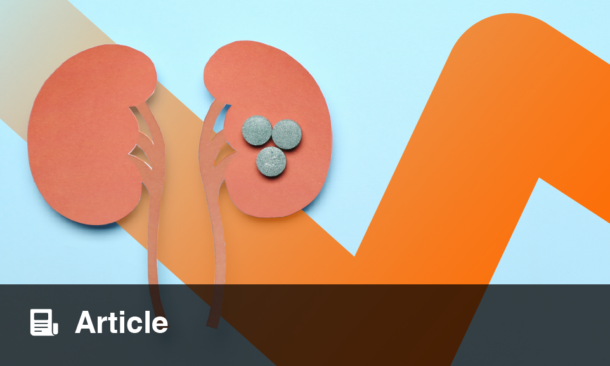Abstract
Introduction: We present our experience with retrograde intrarenal surgery (RIRS) in patients with calculi in congenital anomalies of the upper urinary tract. Methods: A total of 29 patients with urinary stones and congenital anomalies of the kidney and ureter, including duplicated collecting system, horseshoe kidney (HSK), malrotated kidney, ureteropelvic junction stenosis (UPJ-S), and ectopic pelvic kidney (EPK), were treated with RIRS between January 2008 and December 2014. Success was defined as the absence of stone fragments or the presence of only asymptomatic insignificant residual fragments <3 mm. Results: A total of 35 procedures were performed. There was UPJ-S in two of the six patients with HSK and they were both treated with endopyelotomy. There were bilateral stones in two patients with HSK and one of these was treated in two separate sessions. In the UPJ-S group, endopyelotomy and lithotripsy were simultaneously performed in all but three patients who were treated in separate sessions. There was UPJ-S in one patient with an EPK, and endopyelotomy and laser lithotripsy were performed in separated sessions. Significant residual stones were detected in four patients. No major intraoperative or postoperative complications were seen. Conclusion: RIRS is an effective and well-tolerated treatment option in the management of urinary calculi patients with anomalous upper urinary tracts.
Please view the full content in the pdf above.








